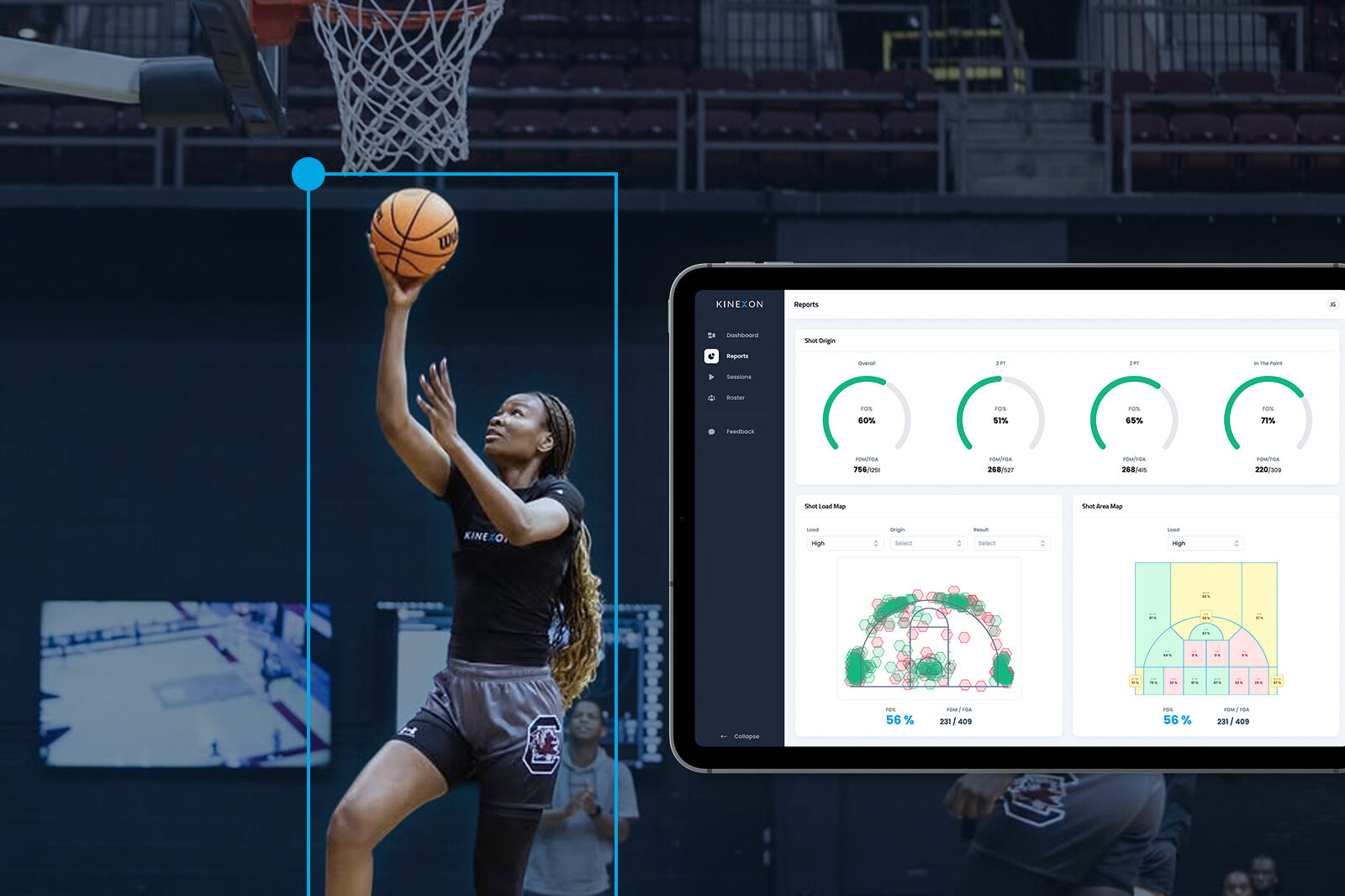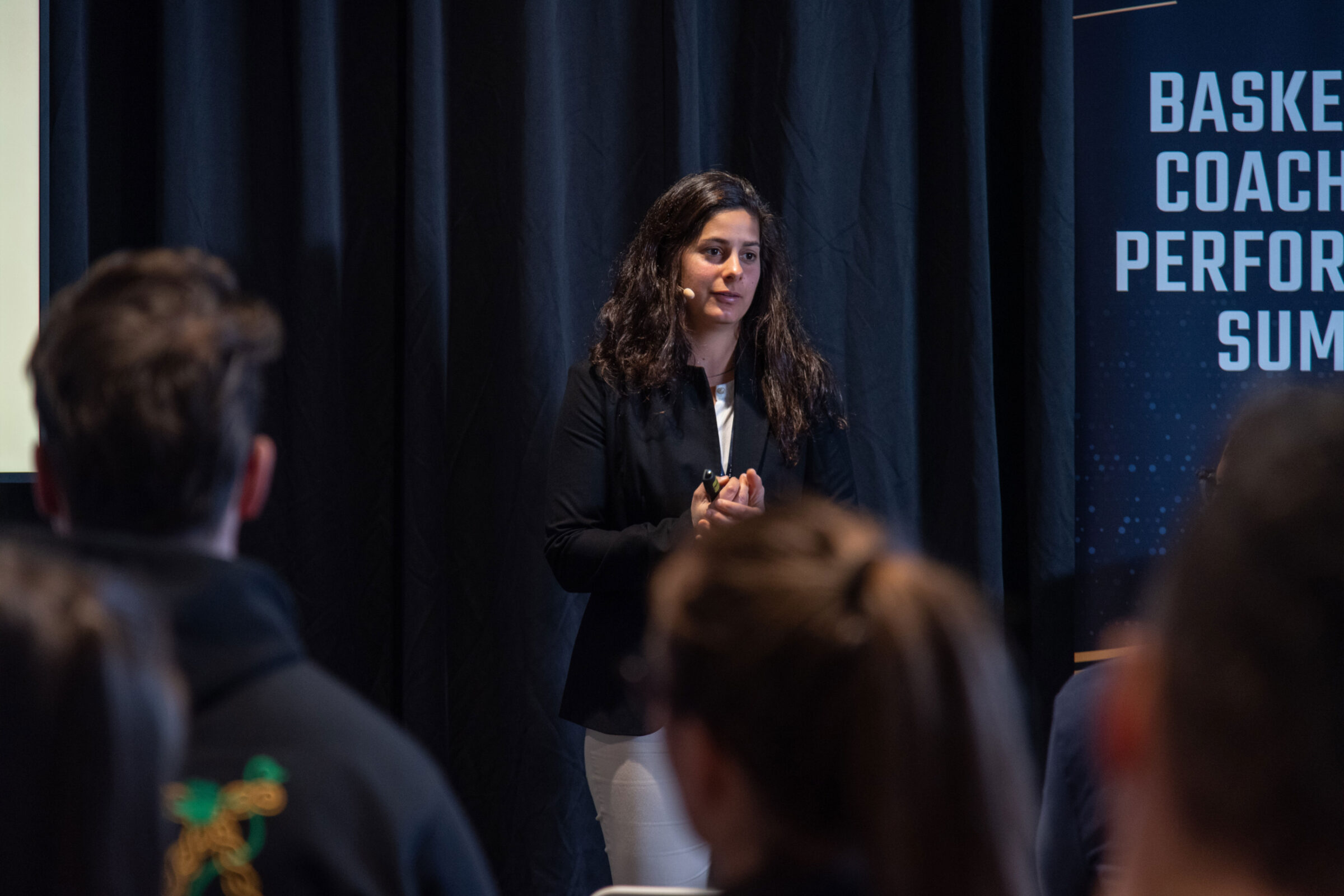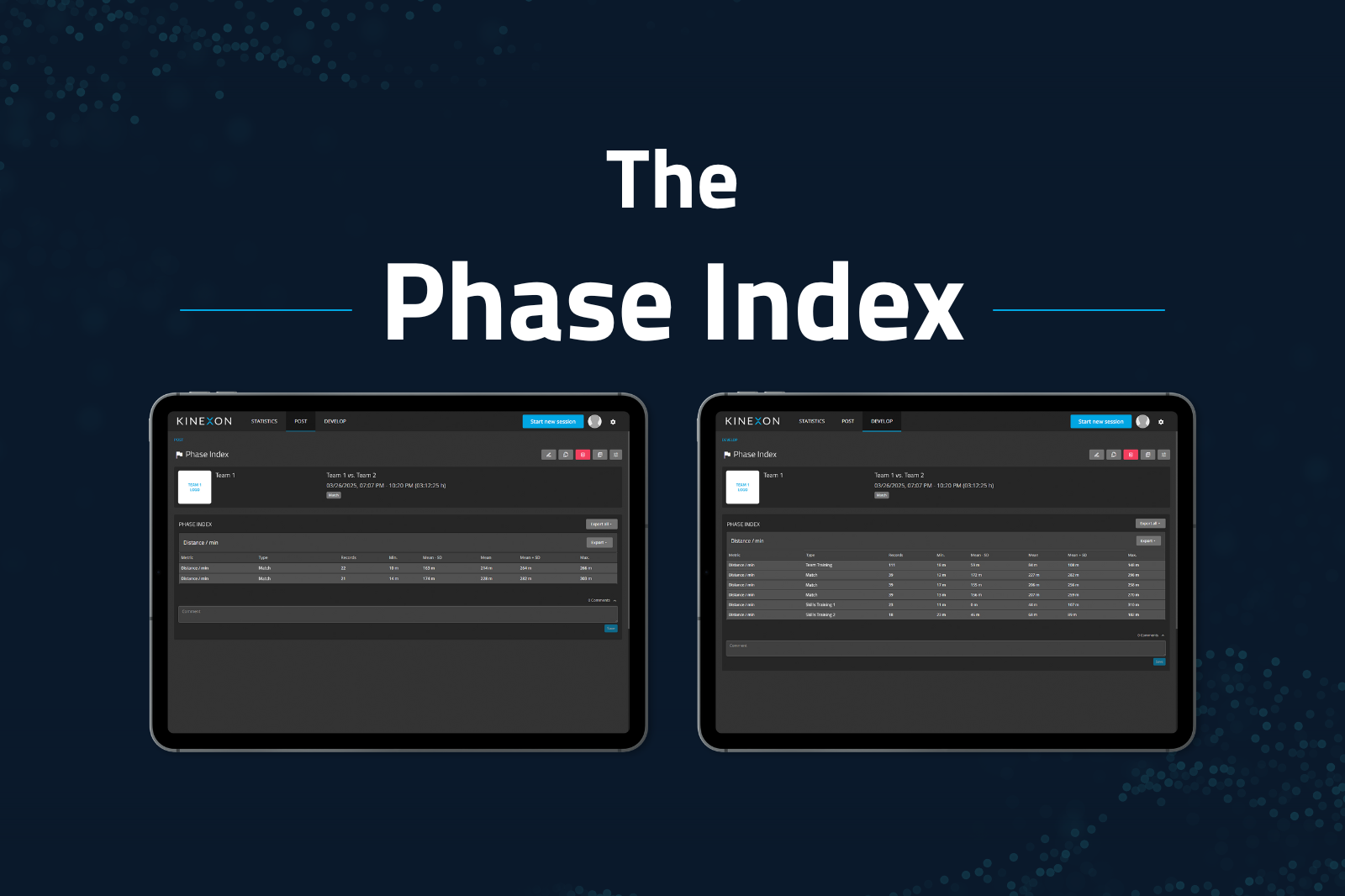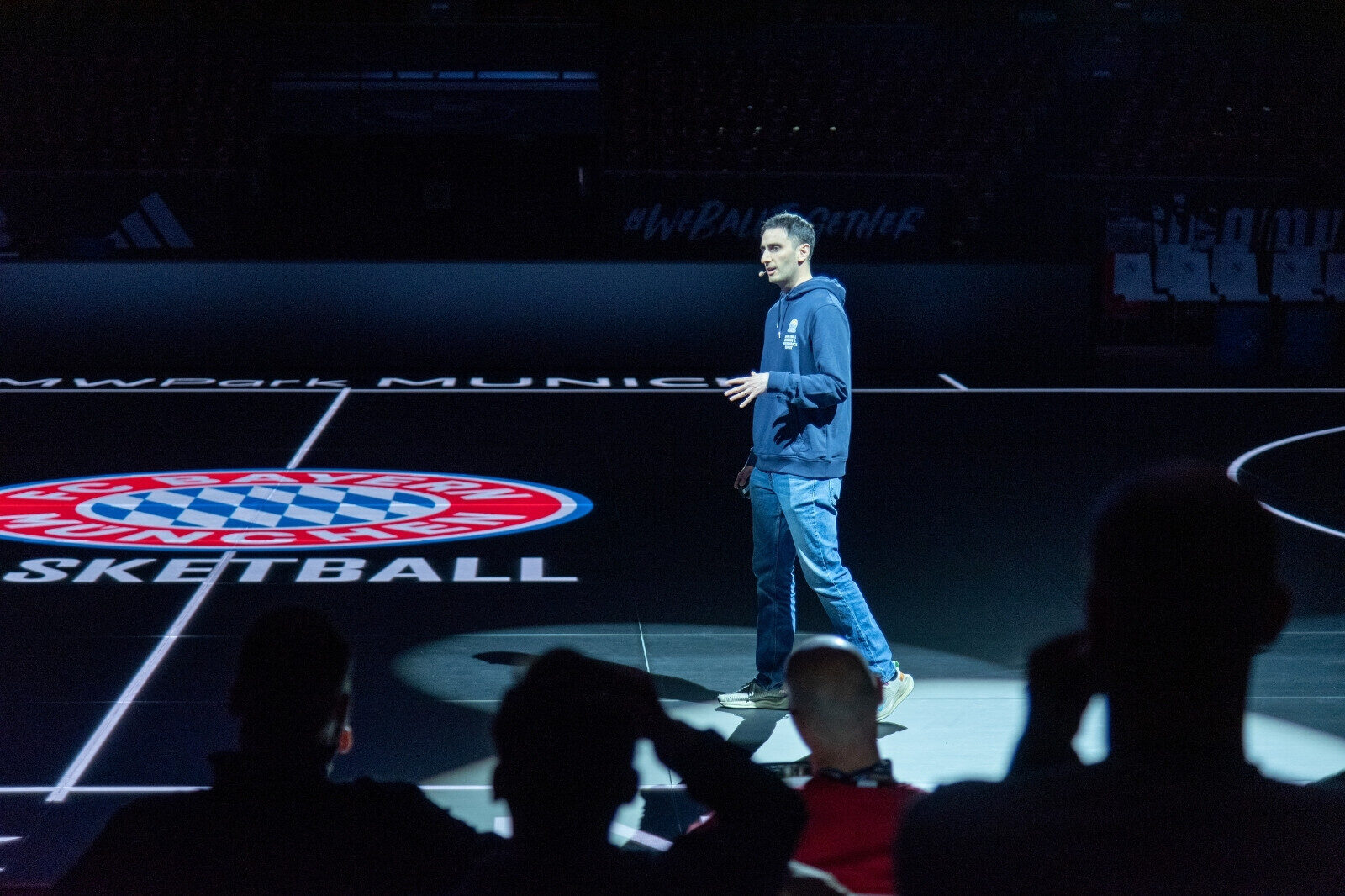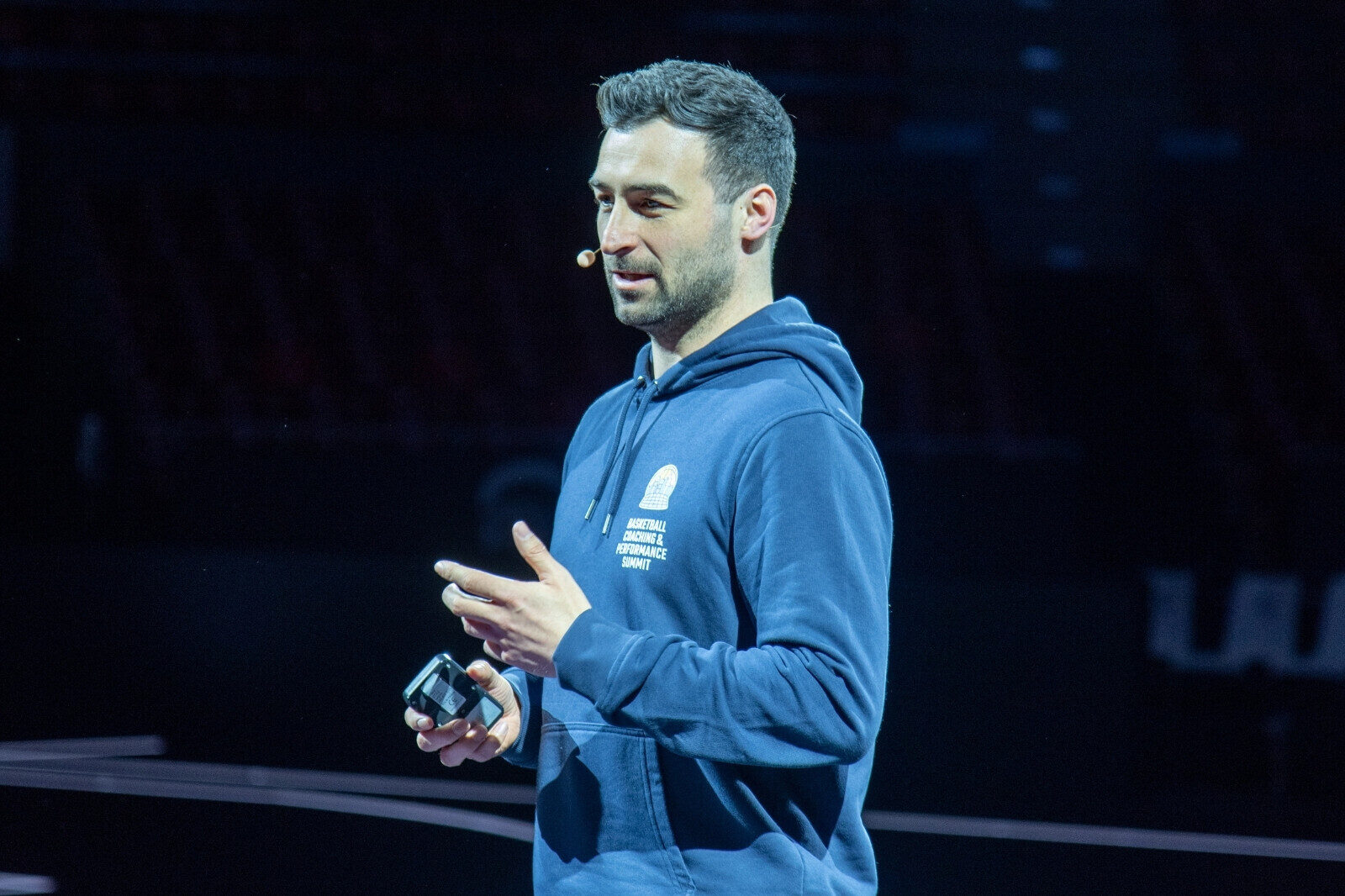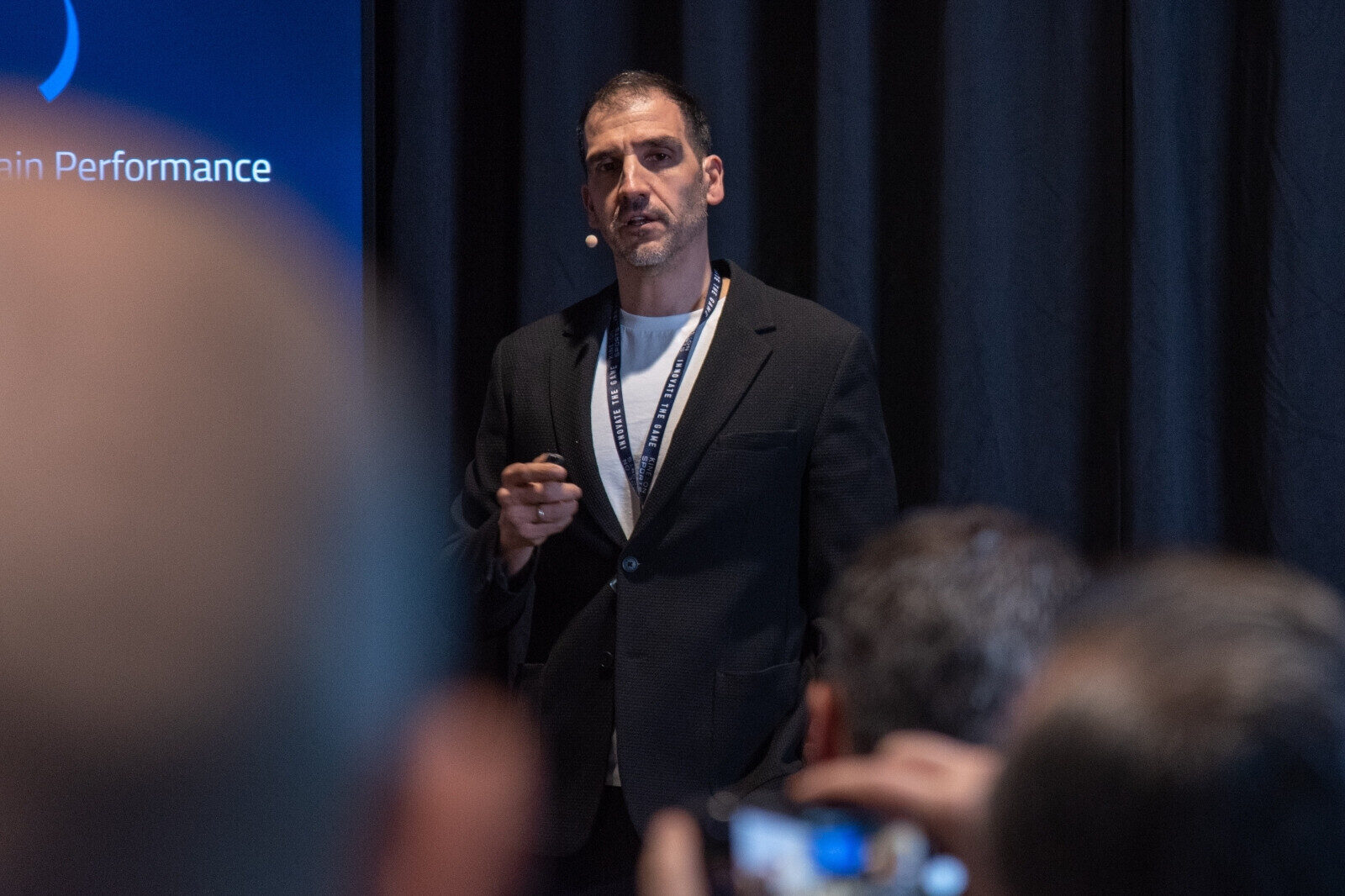Data-Driven Athlete Development in Women’s Football: An Interview with Jonas Strebel
Jonas Strebel, assistant and strength & conditioning coach for FC Aarau Women (Red Boots Aarau), shares insights into how integrated athlete monitoring and GPS-based systems like KINEXON are transforming training periodization, performance monitoring, and injury risk management in women’s football.

Balancing Technology and Intuition in Women’s Football Coaching
“It’s especially important that we take a data-driven approach in women’s football and continue to develop these concepts for the long term,” says Jonas Strebel. “Technologies like KINEXON are incredibly valuable in this process, but trusting your intuition is equally important. Despite all the technology, the human being remains at the center.”
Since November 2023, Jonas has been working with FC Aarau Women. He has a background in strength & conditioning since 2020 and completed his bachelor’s degree in Sports and Applied Training Sciences. His integrated and holistic approach aims to balance objective data with subjective insights — and put people first.
GPS-Based Athlete Monitoring in Daily Training and Rehab
“By using GPS devices, we are able to manage every player’s workload. By now, we know how much distance the players cover on average during a match and what their weekly load looks like. The ability to set targets for each training session also allows us to monitor these during training.”
The system plays a key role in rehabilitation processes as well. “We know the player’s original benchmarks and understand what is required for her to return to team training.”
“Particularly important to us are the metrics in the areas of high-speed running, accelerations, decelerations, and maximum speed.”
These metrics serve as the foundation for FC Aarau’s weekly training structure. “We rely heavily on the data from the GPS system. This makes planning the weekly workload much more manageable and allows us to schedule more precisely when to focus on intensity or recovery. We can better structure training content to avoid excessive load and reduce the risk of injuries.”
Jonas also notes how pitch dimensions and exercise selection have been adjusted based on data insights: “The data helped me identify when pitch dimensions were not appropriate for specific training objectives, allowing for real-time adjustments.”
Integrating Data, Feedback, and Real-Time Goal Setting
“The most commonly reviewed metrics are individual running loads, with a focus on high-speed efforts. Players are typically most curious about their total distance covered and top speed.”
But it’s not just about numbers — context matters. “Subjective feedback allows us to contextualize the objective GPS data more accurately. It helps us identify when players are dealing with pain or fatigue and supports more effective training periodization.”
“By combining objective and subjective data, we can assess the effects of the applied training load more accurately. This helps us take a more preventive approach, make individual adjustments, and maintain a healthy balance.”
“We use goal-setting before, during, and after training sessions. In real time, it provides us with feedback on whether we are on track or need to make adjustments. Post-session, it supports analysis and helps us optimize future sessions.”
Performance Insights, Injury Prevention, and Coaching Advice
“The insights we gain from the data often confirm what we see on the field. Our structured athlete monitoring approach enables precise load management and targeted training periodization, which have undoubtedly played a role in our success.”
When it comes to managing injury risk and return-to-play: “We aim to avoid sudden load spikes. While it’s difficult to quantify whether this leads to faster rehabilitation, we collaborate closely with the medical team to ensure the return-to-play process is as progressive and controlled as possible.”
But being able to live-track session goals — like limiting a player to 70% of her max speed — is a significant asset in the rehab process.
The data has also helped with individual accountability: “We used the data to show a player that her current workload was below expectations, and that we needed more from her. In that sense, the data has already influenced behavior.”
“It’s important to be patient and to always interpret data in context. My advice would be: start with the basics — perhaps with 2 or 3 core metrics — and try to go more in-depth once you have a solid foundation.
For me, continuous self-education is essential. Coaches need to take the time to really understand the data, read into it, and look for relevant studies and resources.”
“Technologies like KINEXON are a tremendous asset — but coaches’ intuition still plays a vital role. Despite all the technological advancements, we’re working with people, and that always has to come first.”
Are you interested in speaking with our experts to learn more about how performance tracking technology can support your coaching staff? Submit a demo request below!
